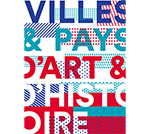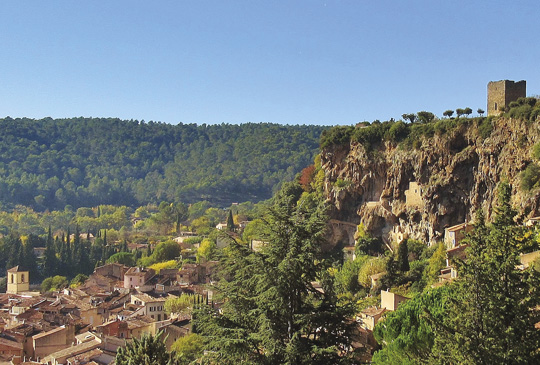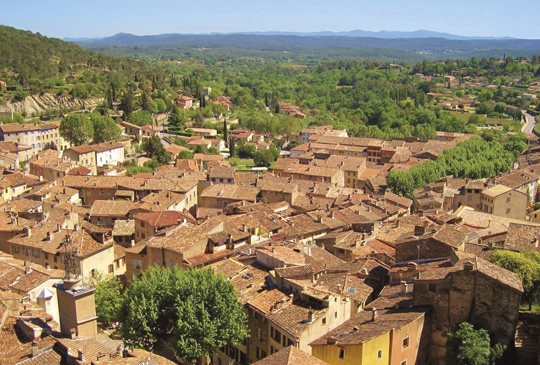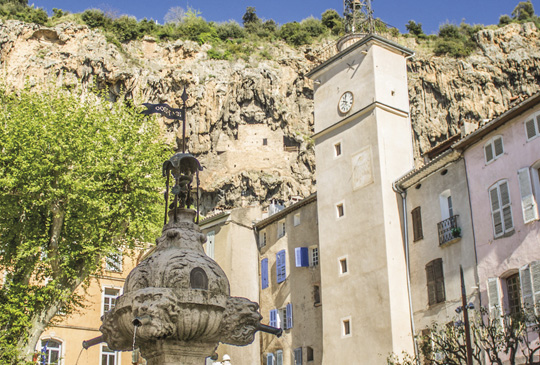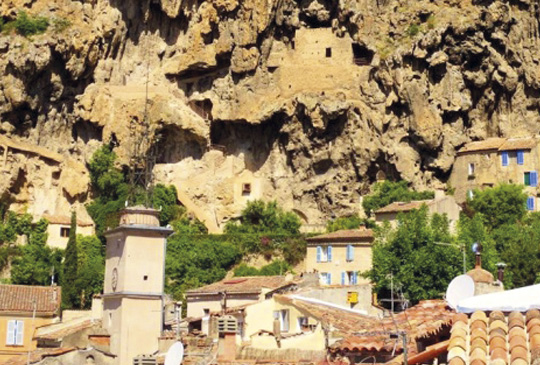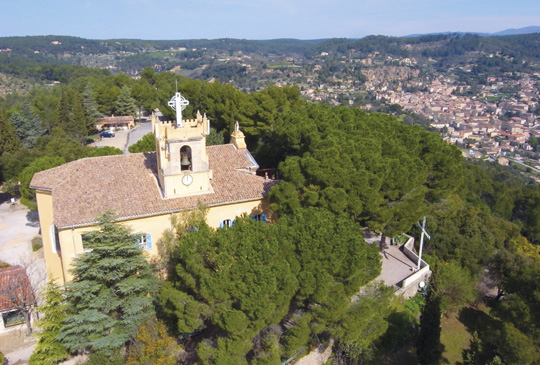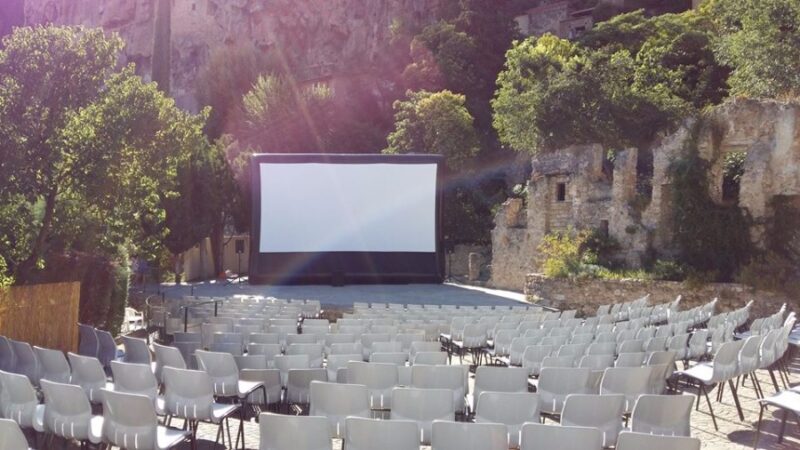Sanctuary built in 1519 following apparitions of the Virgin Mary under the name of Notre Dame de Grâces. In 1660, King Louis XIV, accompanied by his mother, came to thank the Virgin for his miraculous birth, and Saint Joseph appeared on Mont Bessillon.
While this beautiful cultural and tourist site offers visitors a true haven of peace, it has also become a spiritual Mecca where many pilgrims have been coming for 500 years to recharge their batteries with the Holy Family.
> A spiritual Mecca:
"In France, in the heart of Provence, in the diocese of Fréjus-Toulon, the Holy Family has chosen to appear on a hill in Cotignac, a hidden, verdant spot.
Here, for 500 years, pilgrims, especially families, have been welcomed in a prayerful, simple and fraternal atmosphere at the Shrines of Notre-Dame de Grâces and Saint Joseph au Bessillon.
They come in procession to find new life by receiving graces, sources of joy and fruitfulness".
Throughout the year, the Sanctuary offers fundamental retreats, times of formation, a multitude of varied pilgrimages and a personalized welcome for all its visitors: families, solo pilgrims, tourists on outings...
> Rooted in French history :
The Notre-Dame de Grâces chapel on Mont Verdaille in Cotignac was built in 1519 following an apparition of the Virgin Mary to Jean de la Baume, whom she asked to build a chapel there and to come in procession so that she could spread her graces. The Oratorians were entrusted with the care of the sanctuary.
On November 3, 1637, while at prayer, Brother Fiacre had a vision: the Queen was to say three novenas of prayer to the Blessed Virgin, and a son would be given to her. The first novena to Notre-Dame de Grâces in Provence, the second to Notre-Dame de Paris and the third to Notre-Dame des Victoires, the church of Brother Fiacre's convent. Once informed, the Queen began to believe in the fulfillment of these promises, and on September 5, 1638, nine months to the day after the end of the last novena, the heir to the throne, Louis "Dieudonné", was born, regarded by the royal couple as a grace obtained by Our Lady of Cotignac.
Regent Anne of Austria and King Louis XIV visited Cotignac at the beginning of their reigns. Queen Anne died in 1666. A year later, in the sanctuary, Louis XIV had a plaque affixed in memory of his mother, recalling that it was given to his people by the vows Anne of Austria made in this church. It is still there, clearly legible. Brother Fiacre's vision of the birth of Louis XIV, and the King's thanksgiving pilgrimage in February 1660, put the chapel of Notre-Dame de Grâces in the spotlight, and it became a place of pilgrimage for people from all over Provence. During the French Revolution, the buildings and chapel were used as a prison. The neglect in which these buildings were left soon turned them into a ruin. In 1810, the chapel was restored, and since then, crowds from all over Provence have flocked here. The crowning of the statue and painting of the Virgin Mary in 1938 gave the sanctuary a new lease of life, including internationally.
> In the footsteps of Louis XIV :
When you arrive at the esplanade, where you'll find numerous ex-votos, enjoy the panoramic view over the vast plain of olive and cypress trees. The stairs facing the sanctuary are known as the "Escaliers Louis XIV", as the Sun King climbed them on horseback during his visit.
Free admission. Guided tours available for groups of 10 or more.
Le Sanctuaire à travers les âges" treasure hunt available free of charge on the "Baludik" mobile app. Duration: approx. 1h15.
Catering and accommodation available at the Foyer de la Sainte Famille, in rooms or on the bivouac site.



